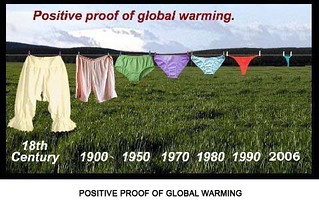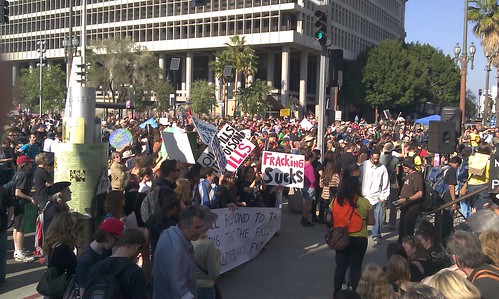In a column posted earlier this week on San José Inside, I looked back on the energy battles of 2013, as big utilities launched attacks on policies like net metering to stifle innovation and maintain their profit margins, only to be turned back at every turn by an organized coalition of solar companies.
Led by The Alliance for Solar Choice (TASC), the top rooftop solar companies successfully preserved net metering in Idaho, Louisiana, Arizona, and California. And following TASC’s lead, the 40-year-old Solar Energy Industries Association (or SEIA) took on a stronger tone in its advocacy. The shift at SEIA coincided with the naming of Nat Kreamer, CEO of Clean Power Finance (CPF), as Vice Chairman of SEIA’s Board of Directors.
Kreamer’s typically aggressive tone toward big utilities behind the scenes contrasts with a relatively amicable public front. As reported in my earlier article, according to a CPF spokesperson, CPF works with TASC while not identifying as an official public member. Publicly they have taken “a more measured approach with utilities” because of their unique business model as the confluence between supply and demand.
In my column, I referenced Kreamer’s military background and suggested that he may see himself and CPF as a “double agent” in the struggle for our energy future. CPF seemed to embrace this image by re-posting the column on their website.
As if to drive the point home, this week CPF announced a new partnership with midwest utility investor Integrys that creates “a residential solar finance fund through the CPF Market, an online platform that empowers electric power companies to invest in residential solar.” You can read more in this CPF press release.
Typically, CPF will allow their partners on the solar installation side to promote their own brand through the CPF Market. Indeed, in a note sent to those partners, CPF talks about how other vendors “put their brand first,” and goes on to say, “We support your brand by being ‘white-label’ to your customers.” Conversely, the deal with Integrys puts the utility company front and center, which Kreamer makes clear in the press release:
“CPF is currently the only residential solar finance company that allows a retail energy company such as Integrys Energy Services to set the parameters of its fund, promote its brand to consumers and own 100 percent of the asset.”
Perhaps influenced by Kreamer’s leadership, the SEIA called the development “very good news,” citing the boost that big utility investment can deliver to the residential distributed generation (DG) solar sector. Because recent energy battles are happening mostly in the public eye thanks to expanded press coverage, it’s hard to think of CPF as a double agent in the traditional, covert sense. Instead, it may be more accurate to label their tactics as a “carrot and stick” approach.
Regardless of what you call it, time will tell if the approach bears fruit in the long term. At the very least, it will be an interesting story to watch in the year ahead.





